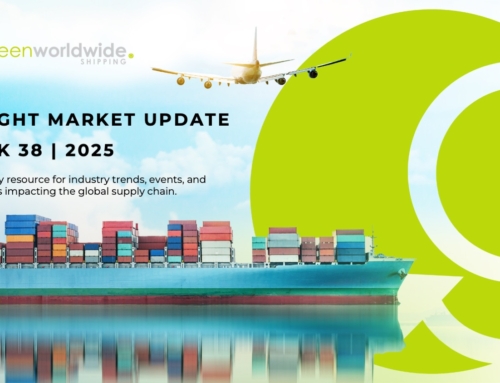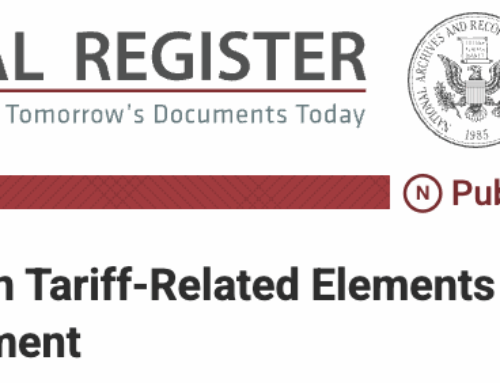When it comes to shipping, the Bill of Lading is considered one of the most important documents in the transaction.
A Bill of Lading, or BL, is a document that establishes the terms of a contract between the parties involved in a shipment. It serves as a contract of carriage and a receipt for goods. It also serves as a document of title, which is why it is necessary when determining how and when purchased goods will be released once they reach their destination.
Different types of BL exist and are used in varying situations. The Original BL, Telex Release Bill, and Express Bill can all be used to receive purchased merchandise at the destination, depending on the agreement made between the buyer and seller.
Original Bill of Lading: The most traditional type of freight release takes place when an actual hard copy of an Original BL is presented by the consignee, or buyer of the goods, at the destination port. The freight will not be released to the buyer until the buyer first surrenders the Original BL to the steamship line or freight forwarder.
Telex Release Bill: In this case, the original bill of lading is surrendered at the origin port by the exporter and a copy is “telexed” – or, with today’s technology, emailed – to the consignee for release of the freight upon arrival. This method requires the consignee to present the copy of the Telex BL that they received when the original was surrendered at the origin port for the release of cargo. It is often quicker than shipping the original BL from origin to destination.
Express Release Bill: Finally, in this scenario freight is released to the consignee or the buyer of goods as soon as it arrives at its destination. No Original BL needs to be presented, because in this case, no such official document was ever issued in the shipping instructions to the carrier.
The advantages of using a Telex Release BL over sending an Original BL include:
- saving money on courier fees
- expedited freight release upon arrival of the goods
- protection against the loss of an original BL in transit
Importers and exporters who have an ongoing, established business relationship may decide to use Express Release BL because it is the simplest of the three BL options and can make the release of their regular transactions more efficient.
Stay up-to-date on freight and trade news by following us on LinkedIn, Twitter, and Facebook. For continuous updates, make sure to check out our website at greenworldwide.com.
you ask, green answers
Don’t see the answer you’re looking for? Submit any supply chain question and one of our Green Freight Experts will answer it for you.





